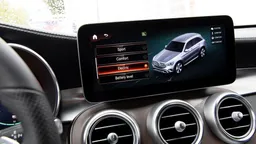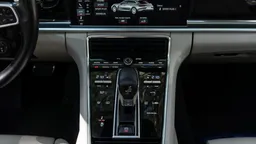Related Articles
View All
Accepting US car standards would risk European lives, warn cities and civil society
European cities and civil society groups have warned that accepting lower US car standards will see more dangerous vehicles flood into Europe

Plug-in hybrids pollute almost as much as petrol cars – EU data
Even in electric mode, PHEVs still burn fuel and emit 68g of CO2/km, on average. Their hidden fuel consumption costs the average PHEV driver €500 extr...

Smoke screen: the growing PHEV emissions scandal
New analysis finds long-range plug-in hybrids and extended-range electric vehicles are a diversion on the road to zero emissions.